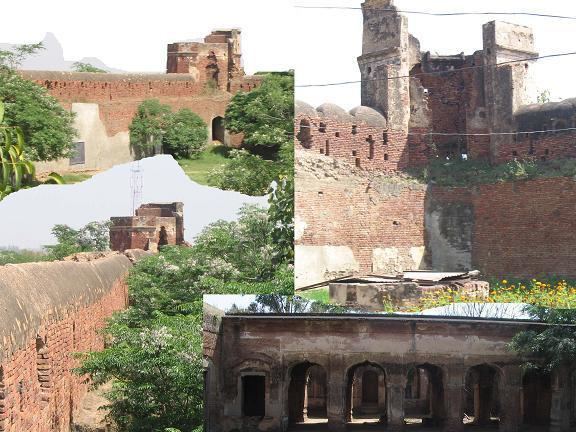PIN 141416 Population 8,150 (2011) Local time Saturday 12:09 PM | Time zone IST (UTC+5:30) Telephone code 01628 Area code 01628 | |
 | ||
Weather 30°C, Wind NW at 11 km/h, 31% Humidity | ||
Demographics
As of 2011 India census, Payal had a population of 8150. Males constitute 53% of the population and females 47%. Payal has an average literacy rate of 65%, higher than the national average of 59.5%: male literacy is 68%, and female literacy is 63%. In Payal, 13% of the population is under 6 years of age.
Payal is pronounced (pie 'al) and is a popular Indian name that means anklets in Hindi. It is an ancient city, very old temples more than 64, built in time or Mugal times, and also find ancient art pictures in temples (Mahadev Mandir, Ganga Sagar, Nainda Devi, Ram Mandir and others) It also has about six Gurudwaras (The main one was built on Old Mosques after Partition of India) and few mosques. And also there is an old fort, which has a girls school inside. Its original images and shapes have been destroyed, and a few political people are making shops under it.
Accessory
A payal is an Indian accessory, traditionally worn by women, on their feet. Its intricacies differ from region to region across the country. Originally made of gold or silver, they have changed over time to accommodate the trends and are also found made of threads of different fibers, plastic and leather.
While originally they were made of only pure metals, with intricate designs carved in them, or filigree work, they are also found with semi-precious and precious stones embedded in them. They would also have tiny bells hanging from them, that made a sound as the wearer moved.
